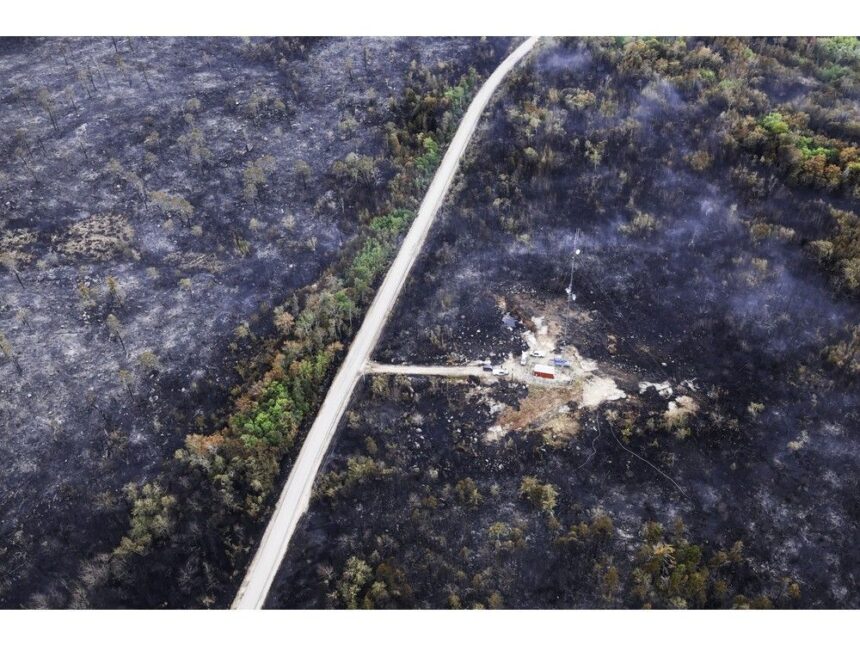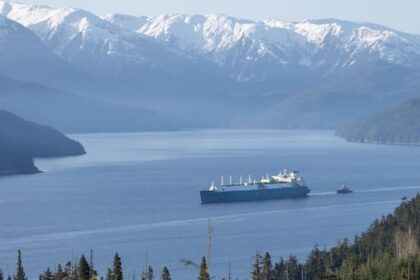Article contentHer visit instead focused on what the federal government was doing to dampen the fallout from climate change. Something needs to happen: as a government news release points out, Canada’s overall temperature last year was the highest on record, and extreme weather events touched millions of Canadians in 2024, resulting in a record $8.5-billion in insured losses across the country. Article contentNova Scotia, with its spate of wildfires — and a coastline that, unrolled, would stretch all the way from Halifax to Vancouver and back again, making it vulnerable to rising sea levels — is emblematic of the country’s global warming-related woes. Article contentA solution must be multi-pronged, Dabrusin said. Article content“You have the adaptation piece, you have the emergency management piece (Ottawa has sent waterbombers to Nova Scotia to fight the current fires),” said Dabrusin. Article contentArticle contentBut, she added, “Canada as a country and the world at large need to continue to fight climate change.” Article content A communications tower being protected from the Long Lake wildfire is surrounded by burned forest in West Dalhousie. Photo by Province of Nova ScotiaArticle contentThat Dabrusin’s visit included a stop in Port Hawkesbury was telling. There she christened a $50-million fleet of low-emission tugboats, which EverWind NS Holdings will use to help ship the wind-powered green hydrogen and ammonia produced at its Point Tupper facility across the Strait of Canso. Article contentThe government’s commitment to clean energy goes beyond the symbolic, she said. EverWind, for example, has received millions in financial support, as have other wind power producers. Article contentThe Liberal government has recently rewritten the offshore Atlantic Accord — which used to focus solely on oil and gas — to include wind power and other renewable energy sources, an initiative Dabrusin called “a great example of how the federal government and the province could work together to open opportunities.” Article contentArticle contentThe government’s commitment to finding new markets for Canadian energy and negotiating new trade agreements — “In the last election, Canadians were very clear that that was what they were looking for and and that’s what we’re focused on doing,” said Dabrusin — can only benefit a province like Nova Scotia that aspires to be a green energy power. Article contentWhen I asked what Ottawa has done to help the Houston government meet its goal of phasing out coal-fired electricity by 2030, she pointed to the federal Smart Renewables and Electrification Pathways Program, designed to help transition Canada’s economy away from fossil fuels. One example: the $11.5 million Ottawa gave the province in 2023 to make the province’s electrical grid better able to handle intermittent power sources like wind. Article contentBut there are others, Dabrusin said, noting that, as we spoke, she was driving past some wind turbines, which “gets to show” that Ottawa and Nova Scotia working together toward clean energy “is in action right here.” Article content
John DeMont: 10 Nova Scotia communities get climate change dollars from feds











